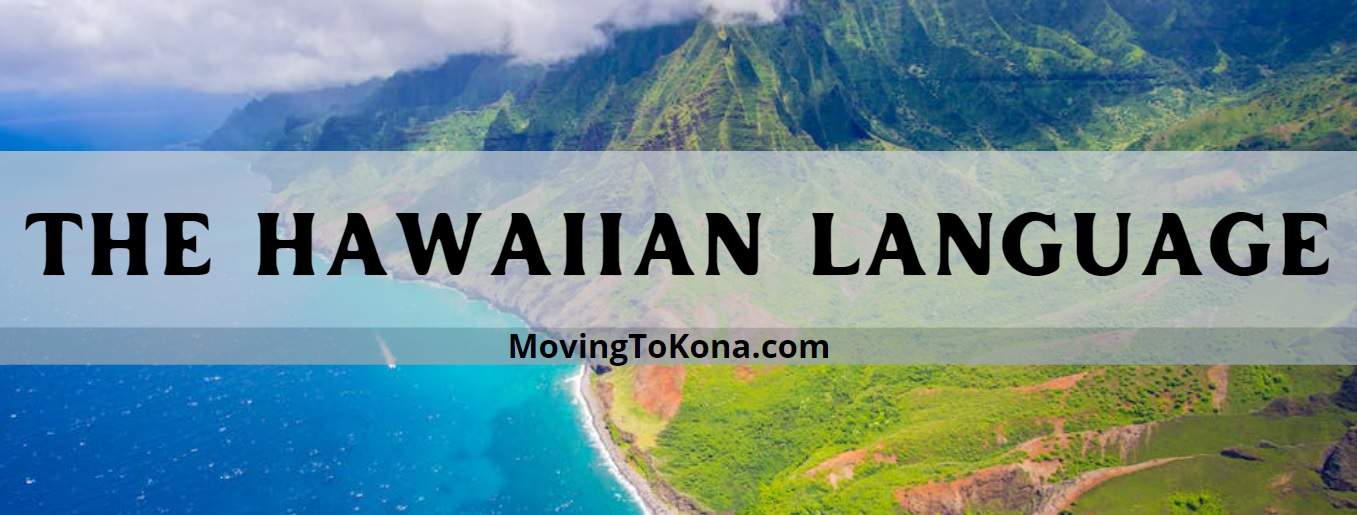The Hawaiian Language: Still Spoken Today and Called Hawaii’s National Language

The Hawaiian Language: Still Spoken Today and Called Hawaii’s National Language
Hawaiian is the language of Hawaii and it’s still spoken today. Hawaiian was once thought to be a dying language, but that’s not the case at all. In fact, Hawaiian has been designated as Hawaii’s national language and it continues to grow in popularity.
What makes Hawaiian so special? Here are three reasons why you should learn this fascinating tongue:
- You can travel to Hawai’i and hear this beautiful language being spoken firsthand.
- Hawaiian is easy to learn and it has a rich history.
- It’s fun to say!
What is the Hawaiian Language?
Hawaiian is a Polynesian language spoken on all of the inhabited islands of Hawai’i. It became a written language in the nineteenth century. At the same time, Hawaiian became the language of the Hawaiian government.
In 1898, Hawaiian was supplanted and English became the official language of all government offices. By the turn of the century, a Hawai’i Creole language had begun to develop. The Hawaiian language is considered critically endangered and there are just over 26,000 speakers in United States.
Hawaiian was once widely spoken, but has fallen in popularity in recent decades. Despite this, there is a chance that the Hawaiian language could have a positive future thanks to dedicated activists. Hawaiian has been given official status by state constitution making it only state in US with two official languages: English and Hawaiian.
Hawaiian Language History
Hawaiian has a turbulent history. Hawaiian was first spoken by Austronesian people who migrated to the islands and brought their language with them. It was exclusively spoken rather than written until the 1700s. After British settlers discovered the islands, a new system of Hawaiian writing was formed.
The Hawaiian language was banned from schools and the government in the late 1800s, but people were still allowed to speak it. There were 14 different newspapers printed in Hawaiian during this time. Despite these challenges, the Hawaiian language remains alive and well today with 4 million speakers worldwide!
Hawaiian was adopted as a national language in 1896. Over the years, it has developed into a complex and vibrant tongue with many dialects. The missionaries who helped create the written language used only 12 letters, but today the Hawaiian language continues to be used by the government and by the people of Hawaii. It is estimated that around 100,000 people still speak Hawaiian fluently.
The Hawaiian language continues to be spoken today by the government and by the people of Hawaii.
Suppression of the Hawaiian Language
The Hawaiian language was first recorded in 1778 by Captain James Cook. Missionaries created a written language from the Hawaiian language, which continued to be used by Hawaiians and the government. In 1898, the Hawaiian language was banned from schools and the government.
The suppression of the Hawaiian language led to a decrease in the number of Native Hawaiians who could speak the language and led to its decline in popularity.
The Hawaiian Alphabet
The Hawaiian alphabet has 13 letters, including 5 vowels. It is also pronounced identically to the English alphabet. Article 1 of the Universal Declaration of Human Rights in Hawaiian is written in the Hawaiian alphabet.
The Hawaiian alphabet has only 13 standard letters. Each letter has a specific pronunciation, based on its sound.
Written Hawaiian is completely phonetic, so there is no variation in how a word might be pronounced based on its spelling.
Hawaiian Words and Phrases
The Hawaiian language is still spoken today and is called Hawaii’s national language. The language has a rich history and many phrases that can be used in everyday conversation.
Mauka and makai are often used to indicate direction.
Ohana means family and refers to the close-knit relationships we have with our loved ones.
Pono means righteous or good and refers to our duty to live ethically and do what is right.
Aloha means “hello” and “goodbye.”
A hui hou means “until we meet again.”
E komo mai means “welcome.”
Kamaaina means “local” or “you are from Hawaii.”
Keiki means “children.”
Mahalo means “thank you.”
Malama Aina means “respect the land/nature.”
Hawaiian Language Facts
Want some more facts about the Hawaiian language? Here are some tidbits:
- The Hawaiian language was adopted as a national language in 1896.
- The Hawaiian language has been largely lost due to colonization and disease.
- The Hawaiian language is still spoken by a small minority of people in Hawaii.
- Hawaiian has a simple alphabet of just 13 letters.
- All words in Hawaiian end in a vowel.
- The missionaries who helped create the written language used only twelve letters.
Mahalo for reading and a hui hou!
